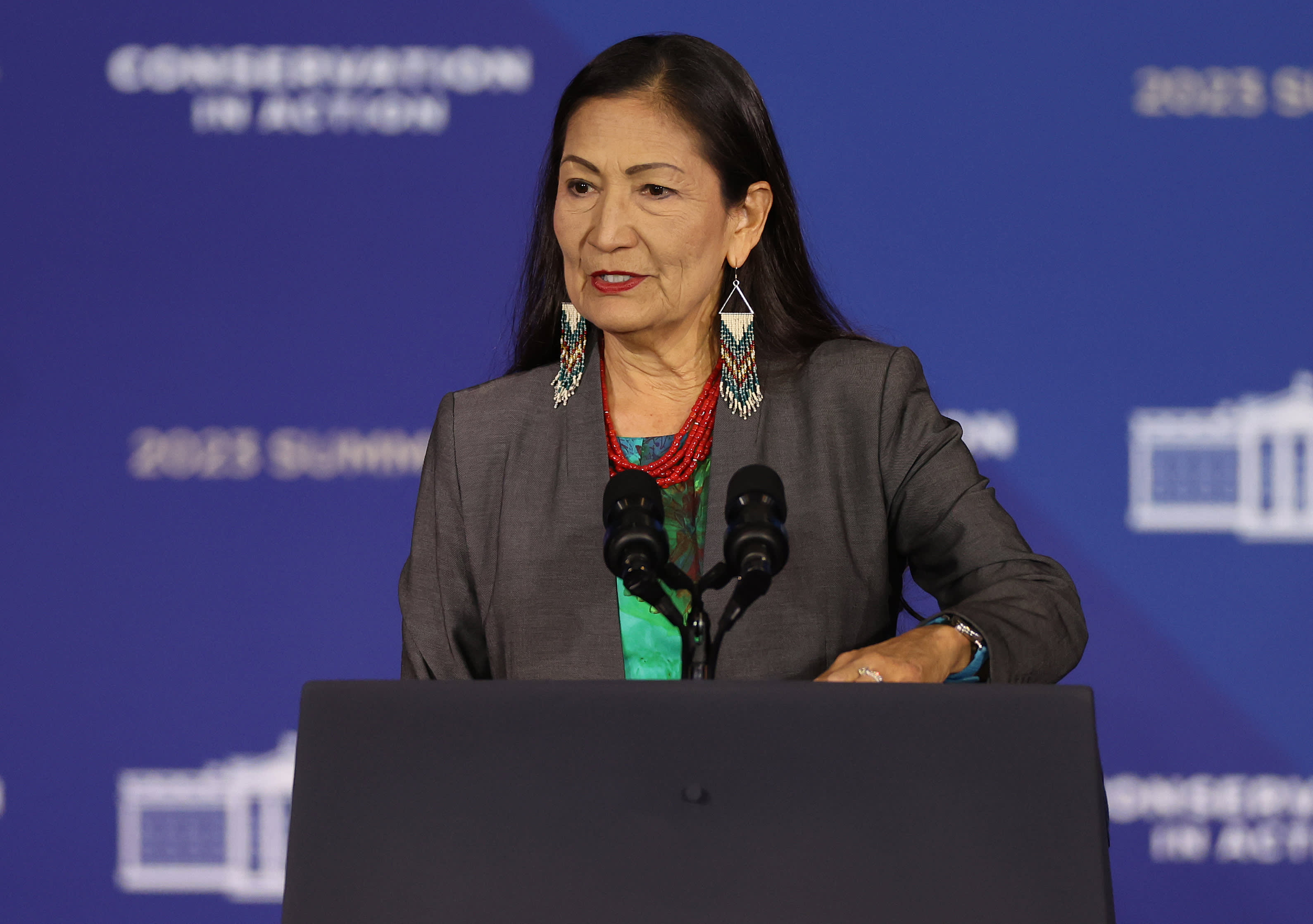*Editor's Note: The map will be re-published before the NBC 5 News at 10 p.m.
For the first time ever, the Illinois Department of Public Health has released a key set of data to NBC5 Investigates, which we’ve analyzed and mapped in order to show the towns and neighborhoods that have highest rates of opioid-related overdoses in the Chicago area.
According to health experts and first responders, the influx of overdoses is coming from prescription painkiller abuse, illegal heroin and fentanyl.
Rate of Opioid Overdoses in the Chicago Area
Click on any zip code region on this map to see how the rate of Nalaxone administrations – and therefore opioid overdoses – compares to other towns in the Chicago area.
Note: This map does not include data for zip codes which had fewer than 25 EMS runs, over a 6-1/2-year period.
Source: Illinois Department of Public Health
This map shows the number of times that EMS workers have reported using Naloxone – a treatment which can quickly reverse the effects of an opioid overdose -- when workers have responded to emergency calls, from 2012 to the present, for most every zip code in the Chicago area.
The darker the shade on the map, the higher the rate of Naloxone administrations. Although Nalaxone is sometimes be used for other purposes, IDPH experts say that its increased usage gives a clear indication of where more opioid overdoses are happening.
To create this map, NBC5 Investigates divided the number of times that EMS workers administered Naloxone in each zip code, by the total number of EMS runs for that zip code, to compute a rate of Naloxone usage, which, according to IDPH, is directly comparable to that area’s rate of opioid overdoses.
Local
For example, EMS workers in zip code 60525, in southwest-suburban LaGrange, reported that they administered Naloxone 143 times in the past 6-1/2 years, out of a total of more than 21,000 total EMS runs – showing that LaGrange’s rate of opioid overdoses – at 0.68 percent -- is about average for the Chicago area.
However, further to the southwest in the small town of Braceville, more than 3.3 percent of all EMS runs included Naloxone treatments – a rate of opioid overdoses that is significantly higher than average for the area overall.
In Chicago, the map shows a breakdown by neighborhood. For example, EMS workers reported a total of 681 Naloxone administrations in the Bucktown neighborhood in the past 6-1/2 years, which translates to a rate of opioid overdoses of 2.14 percent, which is much higher than the average for the greater Chicago area. A bit further south, in the neighborhood of Humboldt Park, EMS workers reported 2,541 Naloxone administrations out of a total of more than 48,000 EMS runs, for the same period – a rate (4.85 percent) which is significantly higher than the Chicago-area average. Even more sobering: That number of Naloxone treatments translates to an average of 390 opioid overdoses a year – or more than one, every day, just in a single Chicago neighborhood.



